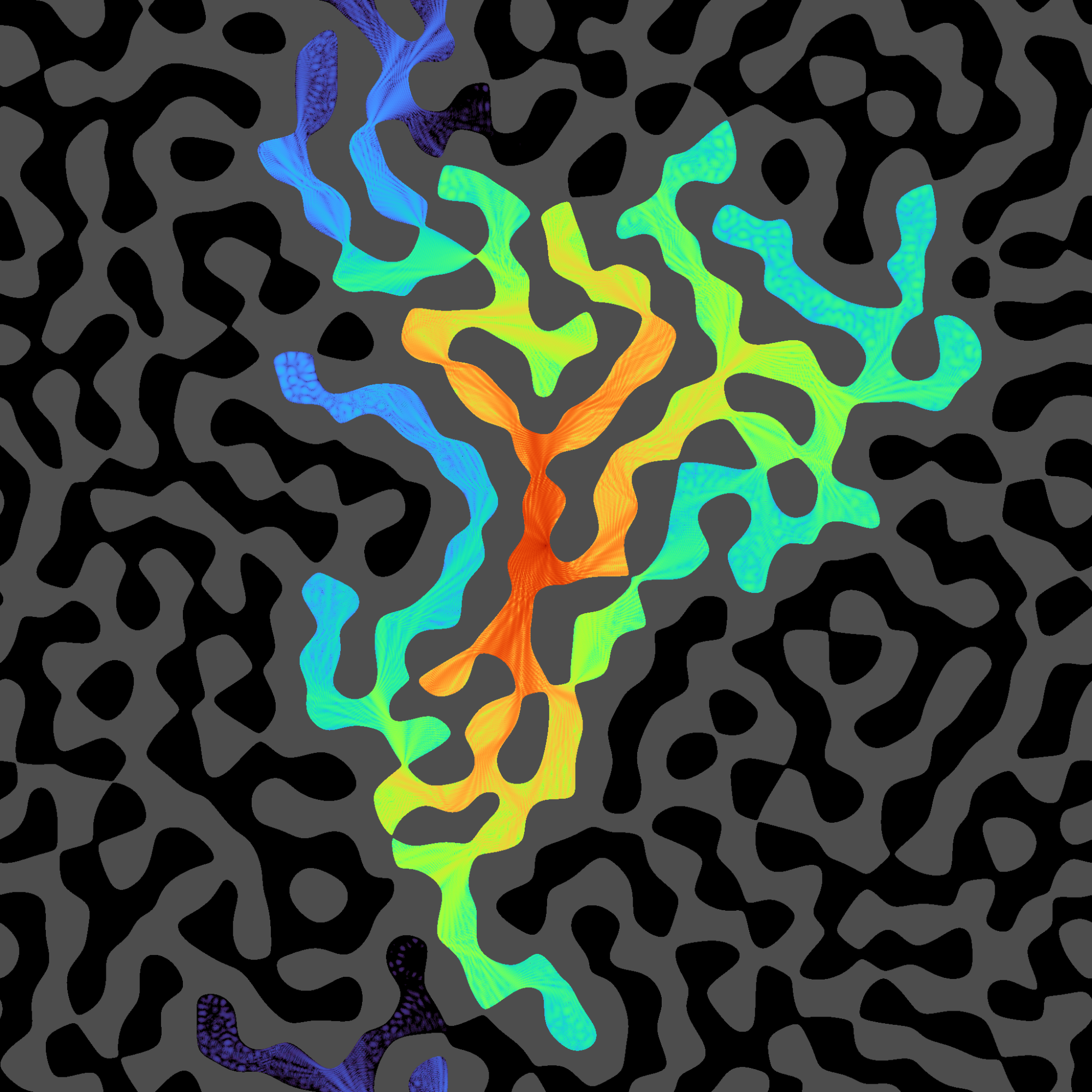I have been working for a while on the most tractable Recurrent Neural Net that I’ve been able to devise: a convolutional unitary RNN (cuRNN), which has a convolution kernel with a unitary structure, i.e. all of whose eigenvalues have absolute value equal to 1.
Three manuscripts on this subject have been uploaded to arXiv:
(1) MOM, Convolutional unitary or orthogonal recurrent neural networks .arXiv:2302.07396
(2) Aditi Chandra and MOM, On the dynamics of convolutional recurrent neural networks near their critical point, Phys. Rev. Research 6, 043152 (2024), was arXiv:2405.13854
(3) MOM, Input-driven circuit reconfiguration in critical recurrent neural networks, PNAS 122 (10) e2418818122, https://doi.org/10.1073/pnas.2418818122 or https://www.pnas.org/doi/10.1073/pnas.2418818122. Was arXiv:2405.15036 . I have placed the Supplementary Movies in this page.
I will use a single-layer recurrent convolutional neural network withunitary (critical) coupling kernel. The family of such networks was derived as a Poincaré map from critical ODEs, and their basic dynamical analysis is outlined in (1) and (2). The state is given by a complex-valued neural layer ![]() , henceforth a lattice of complex numbers in either 1 or 2 dimensions with periodic boundary conditions. Its evolution in time is denoted as
, henceforth a lattice of complex numbers in either 1 or 2 dimensions with periodic boundary conditions. Its evolution in time is denoted as ![]() where
where ![]() is (integer) time, through the recursion
is (integer) time, through the recursion
![]()
where ![]() is the convolution operation natural to
is the convolution operation natural to ![]() ;
; ![]() is a (unitary) convolution kernel;
is a (unitary) convolution kernel; ![]() is a sequence of external inputs of the same shape as
is a sequence of external inputs of the same shape as ![]() ; and
; and ![]() is a smooth, scalar
is a smooth, scalar activation function operating element-wise on ![]()
A natural choice of ![]() for this construction is
for this construction is ![]() , a complex-valued phase-preserving sigmoid (2). We choose
, a complex-valued phase-preserving sigmoid (2). We choose ![]() to be a \emph{unitary} kernel, i.e. its associated linear operator’s eigenvalues
to be a \emph{unitary} kernel, i.e. its associated linear operator’s eigenvalues ![]() lie on the unit circle:
lie on the unit circle: ![]() . We generate unitary convolution kernels by convolutional exponentiation of an anti-Hermitic kernel
. We generate unitary convolution kernels by convolutional exponentiation of an anti-Hermitic kernel
![]()
where the exponential is element-wise, ![]() and
and ![]() the direct and inverse Fourier transforms in the dimension
the direct and inverse Fourier transforms in the dimension ![]() appropriate to
appropriate to ![]() and
and ![]() , and
, and ![]() , i.e. antiHermitic.
, i.e. antiHermitic.
